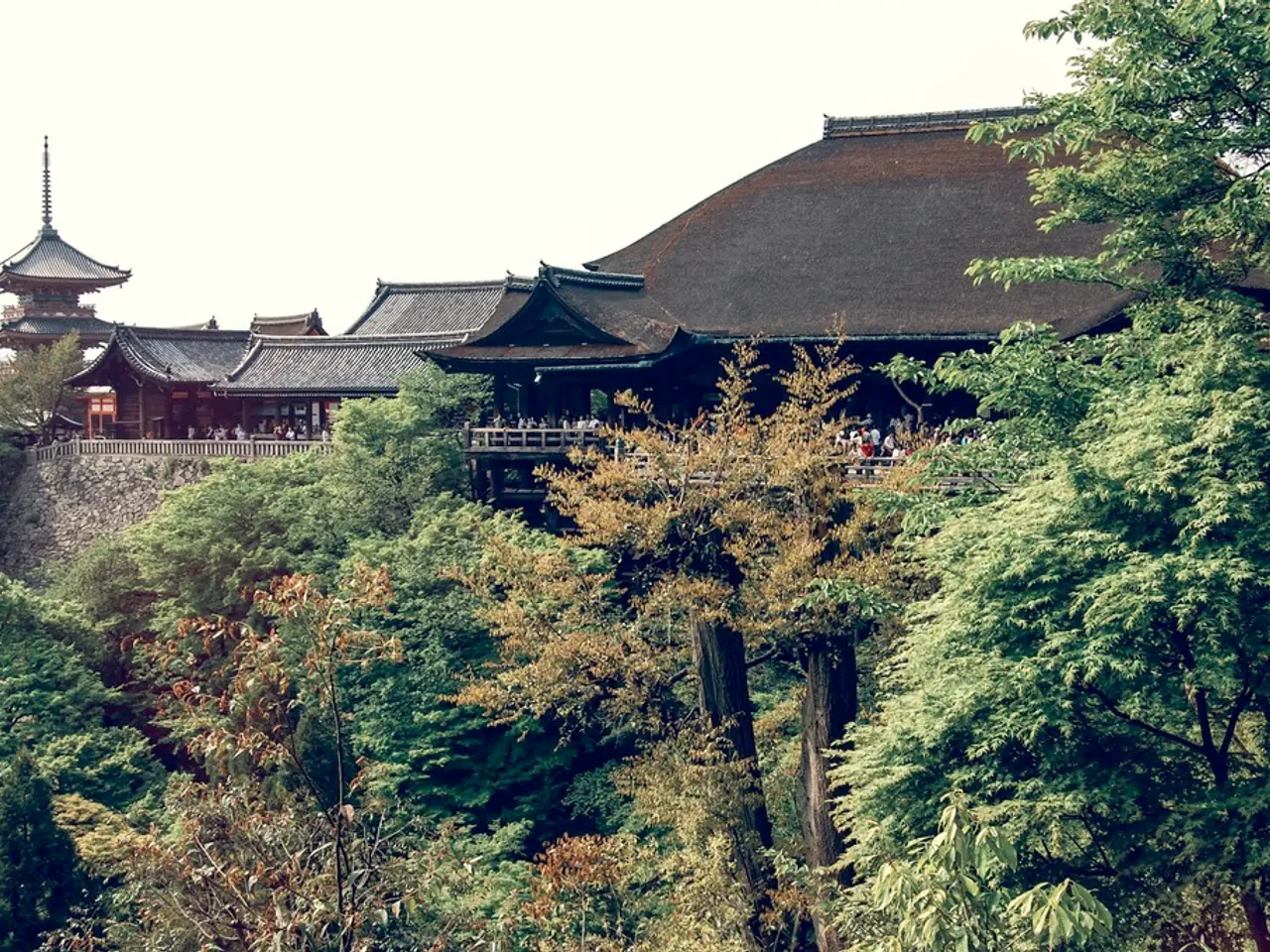Unveiling the Hidden Demographics of the Immense Maya Civilization, Revealed by Lidar Technology
Unveiling the True Scale of the Maya Civilization: A Revolution in Archaeology
A groundbreaking study, led by Francisco Estrada-Belli, a research professor at Tulane University, has shed new light on the Maya civilization, revealing a previously unimagined scale and complexity. The findings, published in the Journal of Archaeological Science: Reports, challenge long-held assumptions about the Maya civilization and offer a more accurate understanding of its social organization and population size.
The study, which utilizes cutting-edge lidar (light detection and ranging) technology, has revolutionized the study of ancient civilizations by allowing researchers to map previously hidden settlements beneath dense jungle canopies. The research team scanned an area of over 36,700 square miles (95,000 square kilometers) across Guatemala, Belize, and southern Mexico, uncovering extensive urban and rural settlements.
The new findings suggest that the Maya civilization was far more densely populated than previously believed, with the northern regions being particularly urbanized. The revised estimate places the Maya population during the civilization's peak in the Late Classic Period (A.D. 600–900) at up to 16 million people, representing a 45% increase from earlier estimates of around 11 million.
These revelations challenge earlier notions of the northern regions as peripheral or sparsely populated. Instead, the data reveals a highly interconnected network of cities and rural areas, with both the northern and southern regions exhibiting similar urban-to-rural density ratios. This extensive urbanization indicates that the Maya were capable of sustaining large populations across a vast and varied landscape.
The lidar data also provides insights into the extent of the Maya’s urbanization and the distribution of their population across both cities and rural areas. It reveals sophisticated agricultural systems managed by elites, further demonstrating the complexity of Maya society.
The re-evaluation of the northern Maya Lowlands is crucial for understanding the distribution of Maya power and resources. The findings highlight the central role the northern regions played in the social, economic, and political life of the Maya civilization. The lidar data also challenges earlier assessments that depicted the northern areas as predominantly rural, revealing instead a densely populated and socially organized landscape.
In summary, lidar technology has provided a more accurate and expanded view of Maya population size and social organization, transforming prior models of the civilization’s scale and complexity. The new data offers a more nuanced understanding of the Maya civilization, revealing a society that was far more interconnected, densely populated, and socially complex than previously thought.
The utilization of lidar technology in the study of the Maya civilization has unveiled the integration of science and technology, enabling researchers to map previously hidden settlements and revolutionize the understanding of ancient civilizations. The Maya civilization, during the Late Classic Period, was found to be more urbanized and densely populated than previously believed, with the northern regions exhibiting a highly interconnected network of cities and rural areas that showcased the intricate complexity of Maya society.




